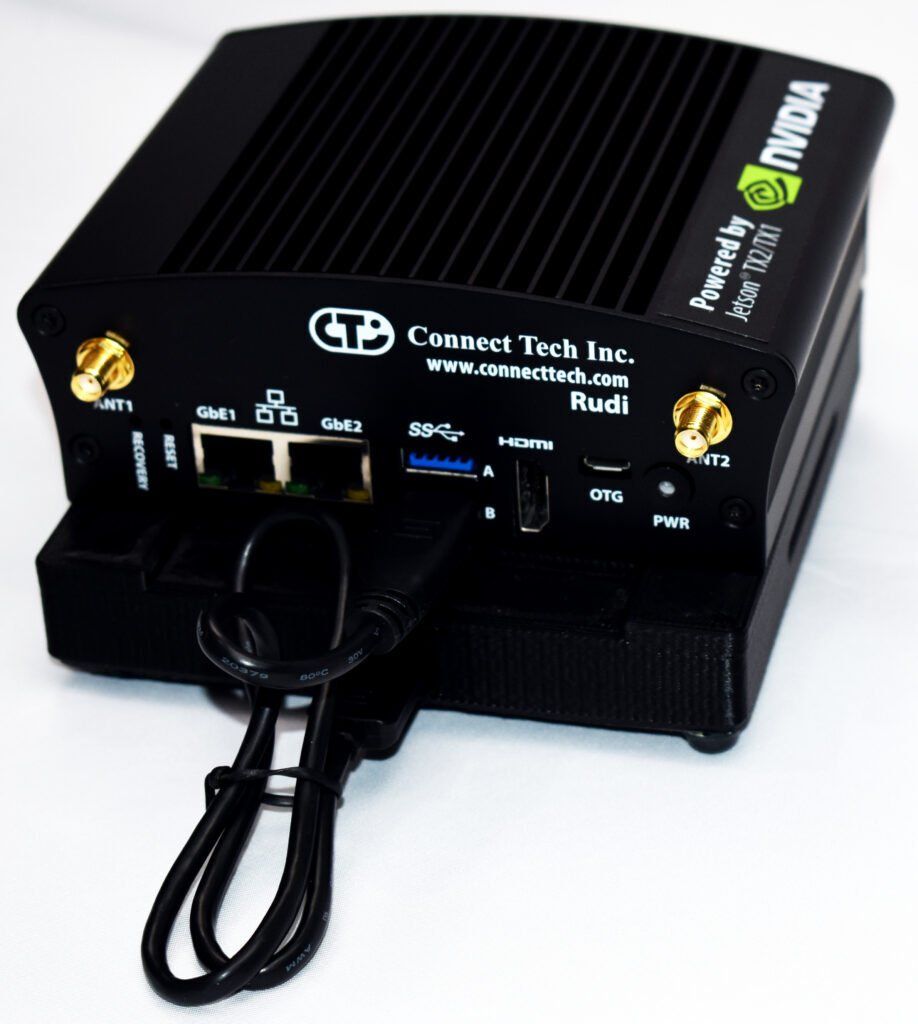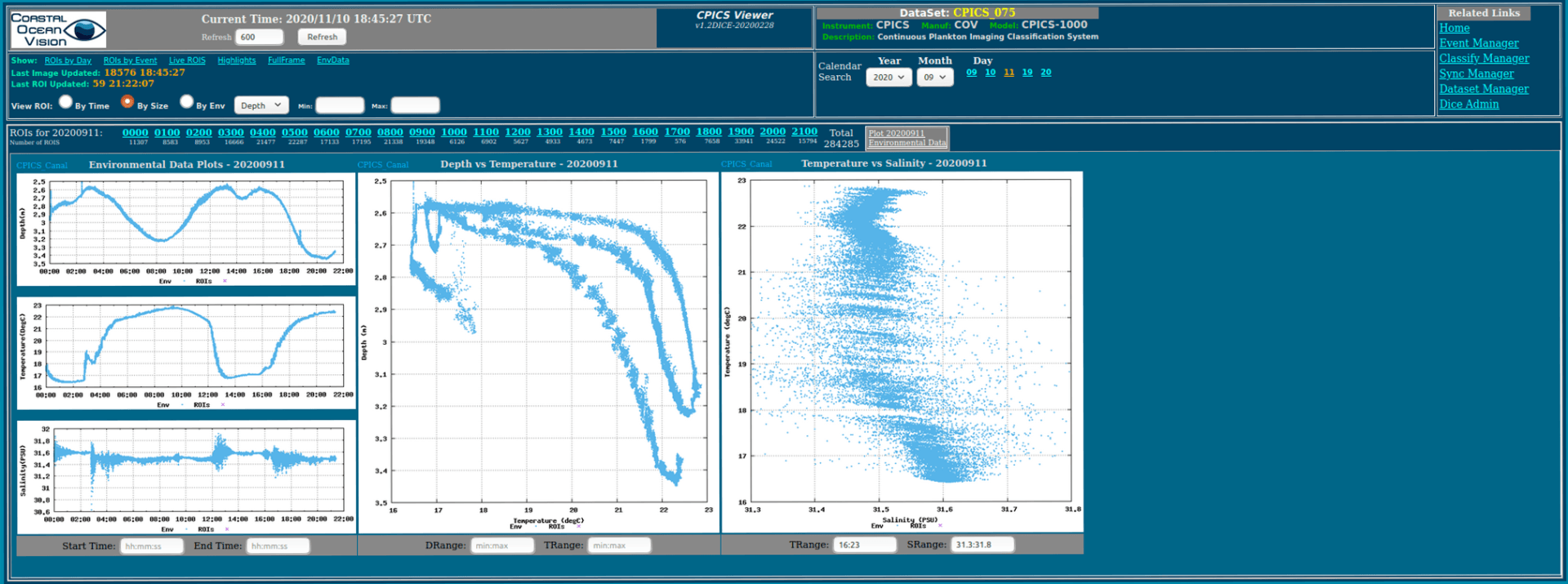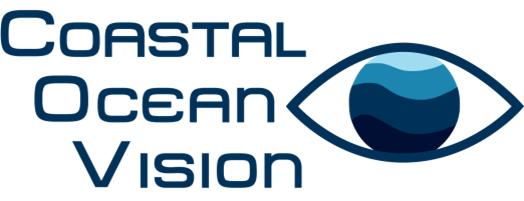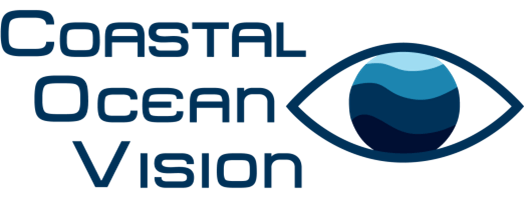DICE - Deep Learning Image Classification Environment
In addition to providing additional storage space for images acquired with CPICS, the deep learning image classification environment provides a web browser interface for viewing/managing your images and the ability to build training sets, deep learning models and execution of those models on unknown images.
Validation is done by a 80-20 split of the training images.

Software Features
Web browser interface for building and executing deep learning models. Seamlessly offload and store CPICS images, sort and plot CPICS, HabCam or VPR images.

Realtime Automated Classification
Once models have been trained, images collected by CPICS(Continuous Plankton Imaging Classification System) or VPR(Video Plankton Recorder) can be offloaded onto DICE and classified in real-time.
Merge Environmental Data
DICE supports the ability to merge environmental data to be synchronized with ROIs collected via CPICS. From there, users can easily separate individual profiles, time periods, or environmental conditions and view the collected ROIs based on their recorded depth, temperature, salinity, etc.


